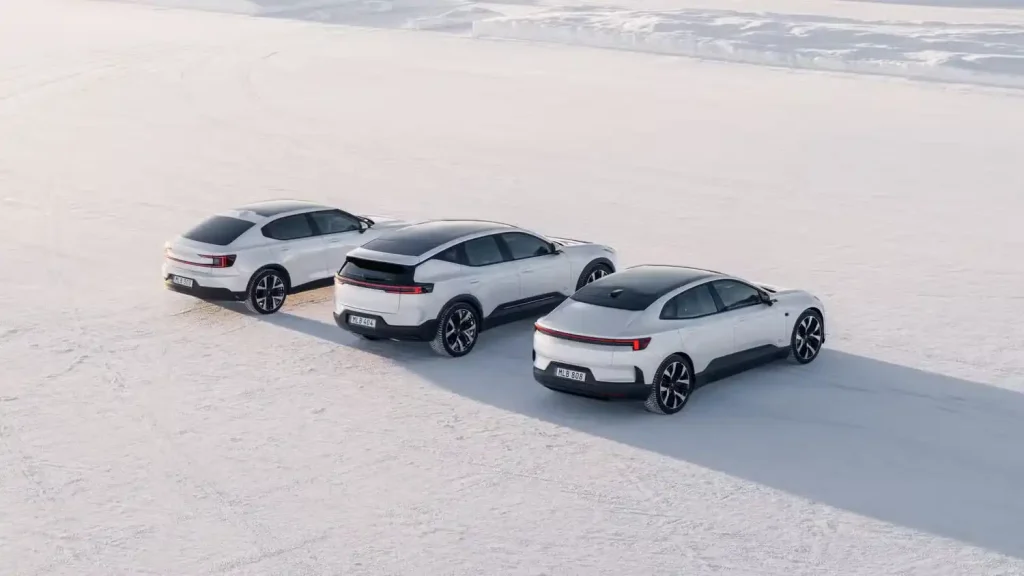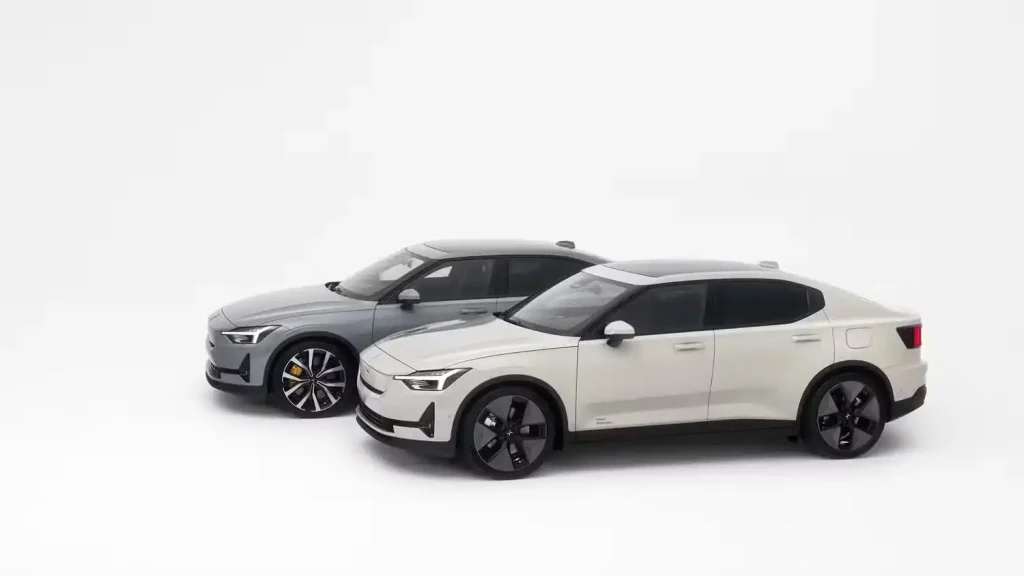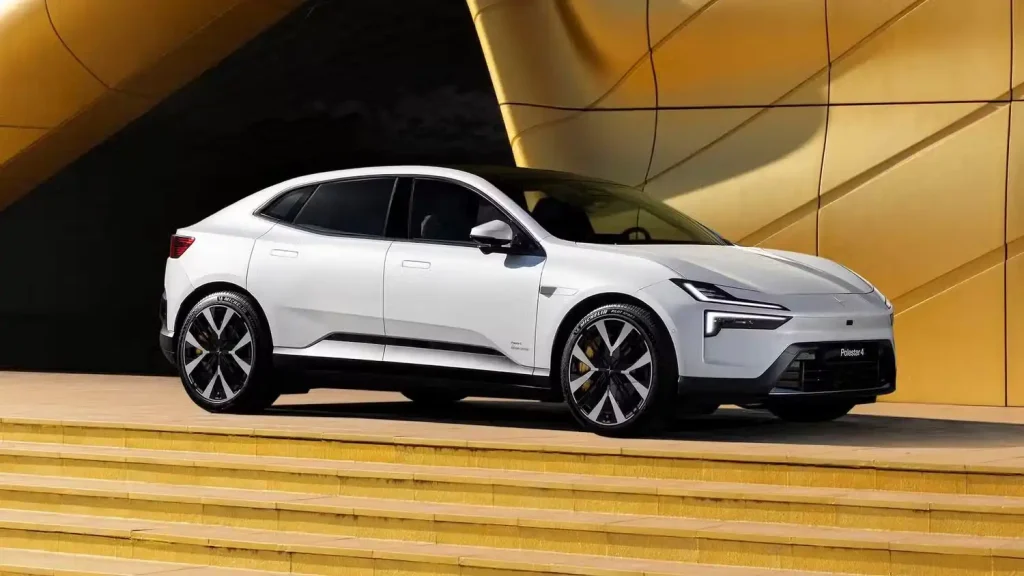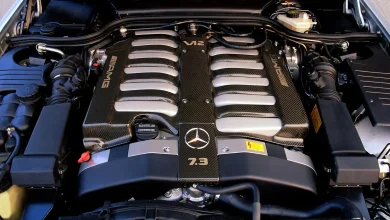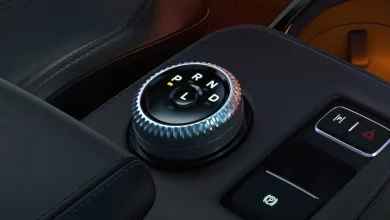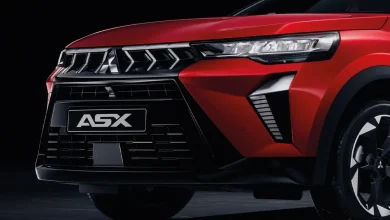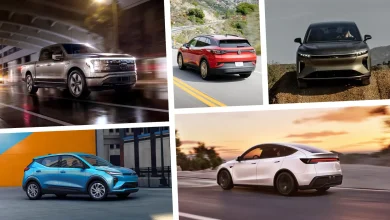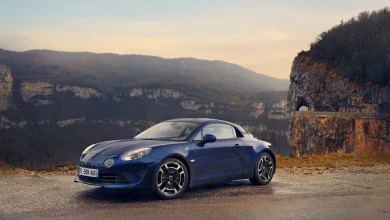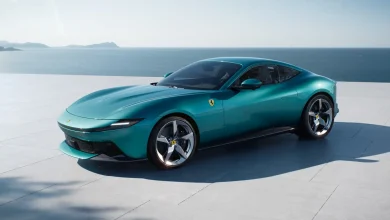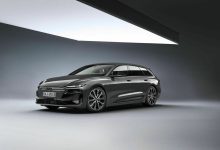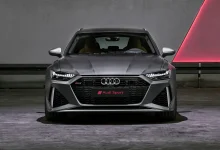Polestar 7 Set to Shake Things Up When It Arrives in 2028
Polestar has confirmed the arrival of an upcoming model called the 7, continuing its sequential naming strategy — one that may end up creating more confusion than clarity across the lineup.
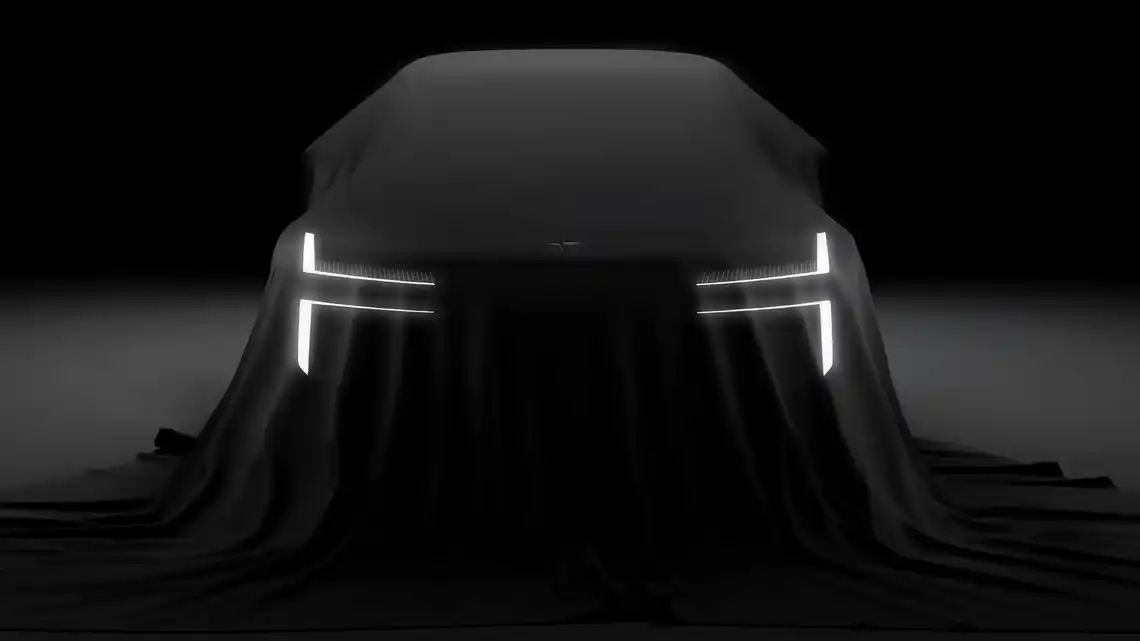
Polestar — the electric performance brand spun off from Volvo and backed by Chinese automotive giant Geely — has emerged as one of the more notable success stories among EV startups in recent years. Its journey began with the Polestar 2, a compact electric sedan that has remained a consistent seller, bolstered by frequent updates. This was followed by the well-received Polestar 3 SUV and the stylish, coupe-like Polestar 4 compact crossover.
Looking ahead, the brand is gearing up to launch the larger Polestar 5, a sleek performance-oriented sedan. But the expansion won’t stop there. Polestar has also confirmed a new model on the horizon: the Polestar 7. And now, we’re finally starting to learn more about what to expect from this upcoming addition to the lineup.
Borrowing Heavily from Volvo’s Playbook
Polestar has announced a new strategic shift that involves sourcing much of its vehicle hardware from its parent company, Geely — a move that feels less like a new direction and more like an obvious continuation of its original business model. From the beginning, Polestar has leaned heavily on Volvo’s engineering and design foundations. Now, the brand is expected to take an even more streamlined approach, focusing less on developing its own vehicle platforms and core systems, and instead fine-tuning existing components supplied by the broader Geely group.
“Partnering with Volvo Cars to develop and produce the Polestar 7 in Europe presents a valuable opportunity to reinforce our presence in our home market,” the company stated. “By leveraging shared group architectures, we gain access to cutting-edge technologies while keeping development costs in check. With its distinctive design and dynamic driving character, the Polestar 7 aims to raise the bar in the premium compact SUV segment.”
-Michael Lohscheller, Polestar CEO
That’s not necessarily a drawback, considering Volvo brings advanced battery and motor technology to the table—along with the software expertise to optimize those systems. With both brands operating in similar segments, running parallel development programs would be redundant. Instead, Polestar says it will focus on tailoring the vehicles to deliver the distinct driving feel and performance the brand is known for. “Adaptations will be made to create the driving experience and performance characteristics that Polestar is known for,” the company noted in a press release.
So, What Exactly Is the Polestar 7?
The Polestar 7 is expected to be a new compact SUV positioned below the Polestar 3 in size, though not as small or coupe-like as the current Polestar 4. But its name may raise some eyebrows. Polestar follows a sequential naming convention, where each new model simply gets the next number—starting from the now-discontinued Polestar 1 coupe. Unlike many automakers, these numbers don’t correspond to size or segment, which can easily create confusion. For instance, the upcoming Polestar 3 will be larger and likely pricier than the Polestar 7, while the Polestar 5 sedan is set to be bigger than the earlier Polestar 2. It’s a naming strategy that could challenge consumer expectations and complicate the brand’s messaging.
The upcoming Polestar 7 SUV will be built in Košice, Slovakia, at a new Volvo facility that has been under construction since 2023. Positioned below the larger Polestar 3—which starts at $67,500 in the U.S.—and the more design-focused Polestar 4, priced from $56,400, the Polestar 7 is expected to be the brand’s most affordable SUV. While official pricing hasn’t been announced, early estimates suggest a starting price just above $50,000 when it arrives in 2028.




